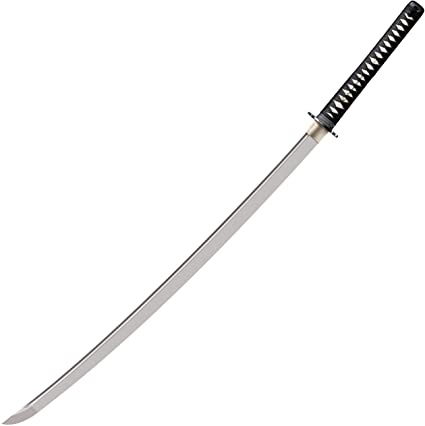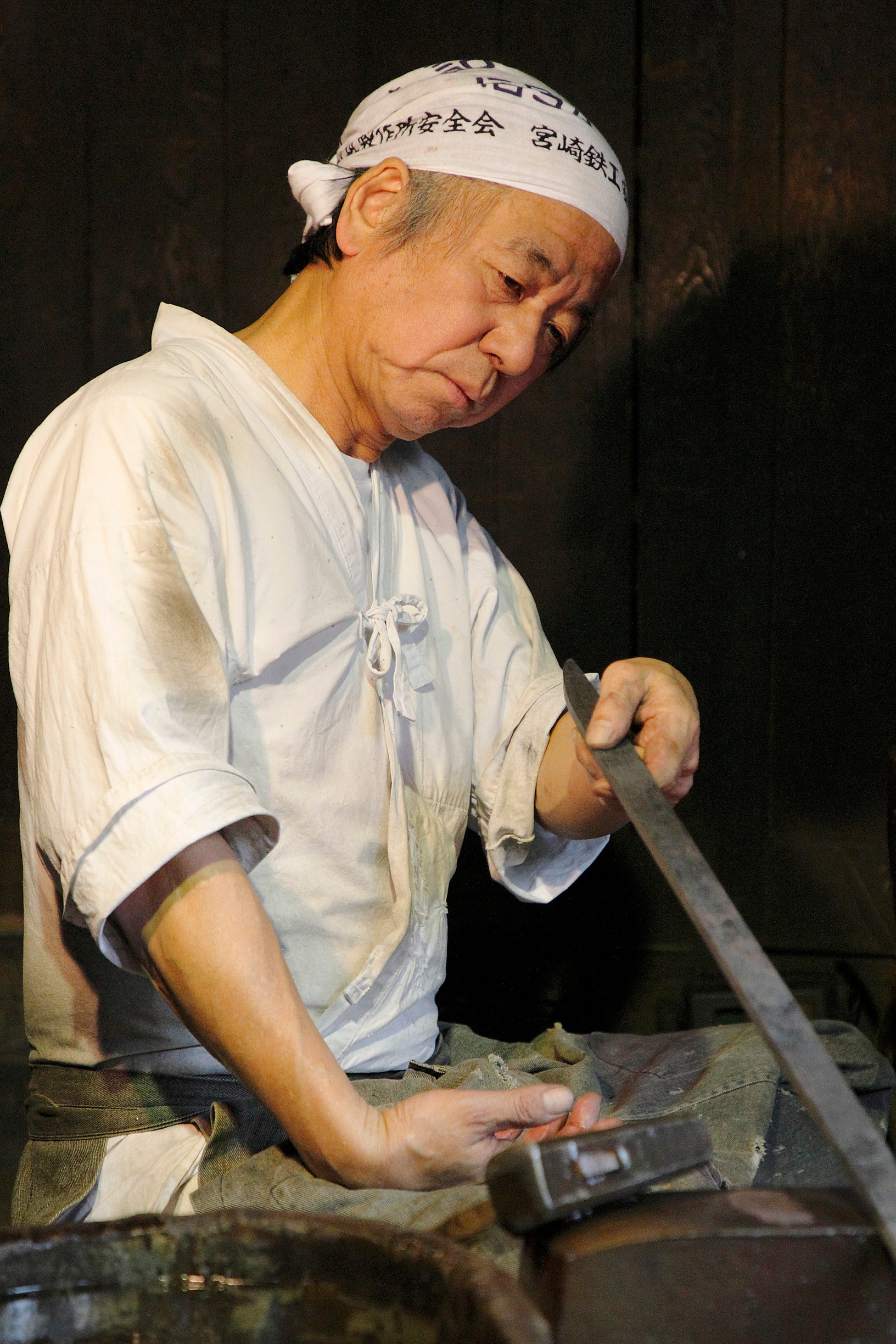Deeply entrenched in the spirit of the samurai and steeped in centuries-old traditions, the Japanese swords, or nihonto, stand as symbolic milestones on the timeline of history. They are a living testament to a time past, and an impressive display of beauty and artistry. Our feature, “ArteJapan” invites you on a journey, where we explore the intricate depths of the elegance, sophistication, and profound spiritual significance ingrained in these awe-inspiring relics of history.
These Japanese swords represent an extraordinary blend of artistry, spirituality, and functional purpose - a unique convergence that is hard to find in any other form of weaponry. Initially forged to serve the practical needs of battle, these swords have undergone an evolution, transforming into cherished symbols of status and honor. Today, they are viewed as much more than tools of warfare. Each sword carries with it a piece of the samurai spirit, a code known as bushido, which emphasizes values such as honor, respect, courage, and loyalty.
The creation process of these swords is an art form in and of itself, characterized by a ritualistic precision that borders on the spiritual. Master swordsmiths, artisans dedicated to the preservation of this ancient craft, pour their heart and soul into each weapon they create. Starting from the selection of the perfect piece of tamahagane steel, to the repeated process of folding and hammering, right up to the final stages of detailed polishing - every step is steeped in tradition and executed with the highest levels of reverence. The end result is a unique masterpiece, a work of art that is as much a reflection of the swordsmith's commitment and talent, as it is a physical representation of centuries-old tradition.
The rich and varied history of Japanese swords can be traced back to the Kofun period, which spanned from the 3rd to the 6th centuries. Over time, the design and purpose of these swords have changed, reflecting the socio-political shifts within the country. From the early tachi and uchigatana to the world-renowned katana, each sword type holds a unique place in Japanese history. They whisper tales of legendary samurais, epic battles, and significant historical events.
Another fascinating aspect of the nihonto tradition is the practice of "kansyo" - the culture of appreciating and preserving these swords. This includes not only physical preservation but also understanding and appreciating the artistic value, craftsmanship, and historical context of each sword. This often involves comprehensive study and research about the swords, their makers, and the historical periods they represent. The practice of kanto becomes a form of dialogue between the past and the present, allowing the admirer to build a deeper understanding and connection with these historical artifacts.
In the present day, the allure of Japanese swords goes beyond the confines of Japan and resonates with people around the globe. These timeless pieces continue to captivate individuals with their enduring elegance and deep-rooted spirit. Ownership of a Japanese sword today transcends the simple possession of a beautiful artifact. Instead, it becomes a symbolic connection to Japan's rich cultural heritage and its philosophical paradigms. It becomes a bridge linking the modern world with the samurai's values of honor, respect, and the constant pursuit of perfection.
Moreover, the act of preserving and collecting these swords is, in a way, an active contribution to the protection and continuation of traditional Japanese arts and crafts. This act of preservation is not only a prestigious endeavor but also a rewarding experience. It enables the custodian to be part of the living legacy of these impressive artifacts.
The relationship between Japan and its swords is a tale of mutual influence and reflection. As the Japanese swords carved their way into the history of the nation, they also reflected the societal changes and cultural transformations that the country underwent. From the era of the ancient samurais to the modern cosmopolitan Japan, these swords remain a captivating testament to the enduring spirit and ethos of the country.
Join us as we delve deeper into the world of "Samurai Elegance," where each sword has a story to narrate, and every curve and edge reveals a piece of Japan's soul. Let us together explore the grace, power, and historical resonance of these exquisite blades. In the mesmerizing interplay of steel and spirit, we uncover tradition and artistry in harmonious coexistence, leaving a mark that echoes through the annals of time.
































